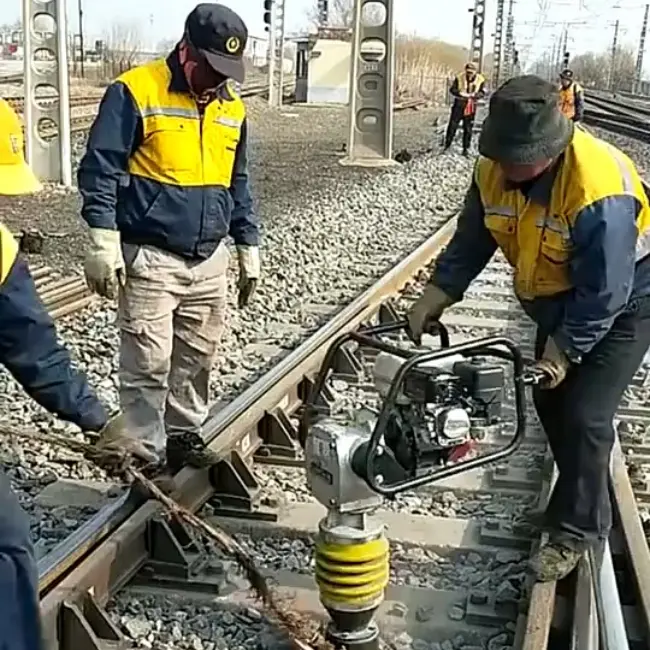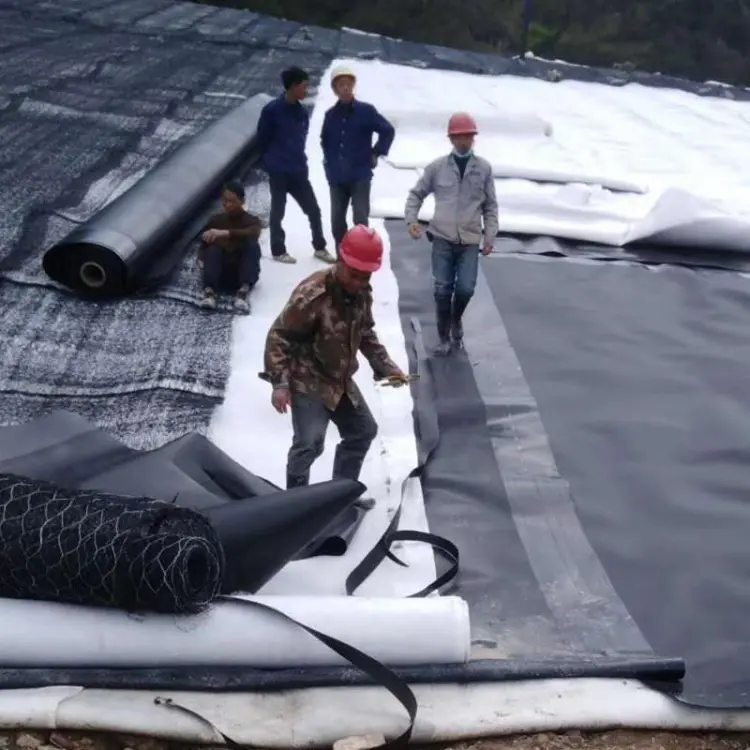Enhanced Stability
Triaxial geogrid’s hexagonal structure with triangular apertures delivers 360° uniform stiffness. This optimizes aggregate interlock, distributing rail load radially while reducing permanent deformation by ≤50% compared to conventional methods.
Performance Advantages
| Parameter | Improvement |
|---|---|
| Bearing Capacity | 40-60% increase in ballast strength |
| Settlement Control | Up to 70% reduction in track deformation |
| Maintenance Cost | 30% reduction in lifecycle expenses |
Key Application Benefits
▌ Extended Service Life
- Reduces ballast degradation by 45-65% through elastic deformation absorption
- Maintains track geometry under 25-ton axle loads in heavy-haul railways
▌ Cost Efficiency
- Enables 15-20% thinner ballast layers while meeting FRA/EN standards
- Cuts construction time by 30% with rapid deployment systems
▌ Adaptive Performance
- Withstands >2 million load cycles in high-speed rail (300+ km/h)
- Proven effectiveness in subgrade widening projects (e.g., Zhongchuan Intercity Railway)
 Case Study: Zhongchuan Intercity Railway
Case Study: Zhongchuan Intercity Railway
Challenge
Subgrade widening with strict deformation tolerance (<3mm/year)
Solution
- Triaxial geogrid installation below subballast layer
Results
| Metric | Improvement |
|---|---|
| Track settlement | ≤1.5mm/year |
| Maintenance interval | Extended 2.3x |
| Construction speed | 35% faster |
Implementation Guidelines
[Ballast Layer Configuration]
Subgrade → Geotextile → Triaxial Geogrid (Tensile strength: ≥80kN/m) → Ballast (Reduced thickness: 250mm→200mm)
Subgrade → Geotextile → Triaxial Geogrid (Tensile strength: ≥80kN/m) → Ballast (Reduced thickness: 250mm→200mm)
Technical Note
Optimal performance achieved when geogrid aperture size maintains D₅₀(aggregate)/Aperture ≥1.25
Conclusion
Triaxial geogrid transforms railway ballast reinforcement through:
- Three-dimensional load distribution eliminating stress concentrations
- 40-70% reduction in track geometry deterioration
- ≥30% lifecycle cost savings from reduced ballast volume/maintenance
Deployed in high-speed (>350km/h) and heavy-haul (40-ton axle) corridors globally, this technology meets next-gen rail infrastructure demands. Future applications include permafrost zones and seismic areas.
All technical data conforms to ASTM D6637/D8109 and EN ISO 10319 standards.
 Case Study: Zhongchuan Intercity Railway
Case Study: Zhongchuan Intercity Railway
